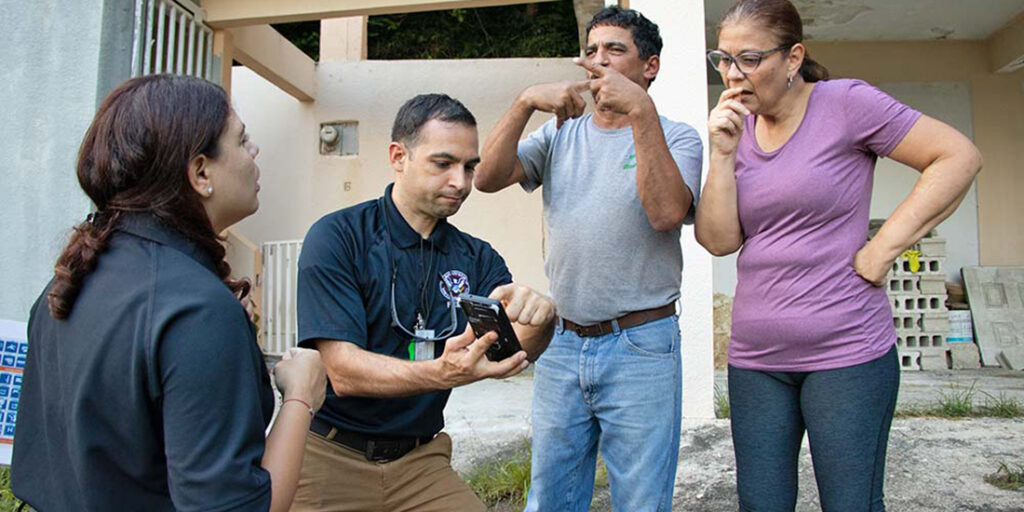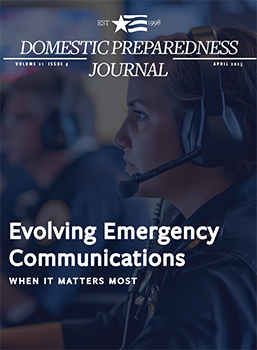Today's Top Picks
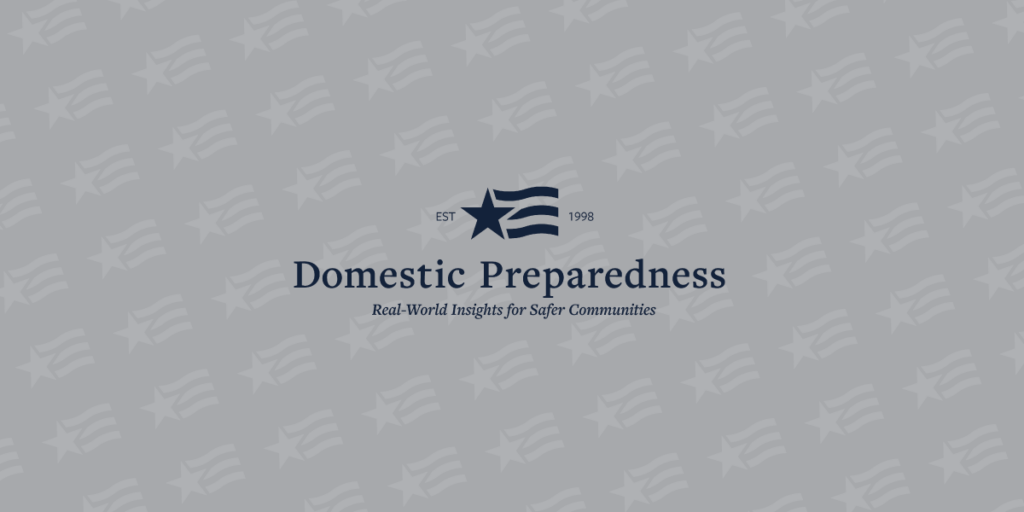
Overcoming Challenges of Hospital Preparedness Plans
Transitioning from public sector emergency management for a large city to emergency management for a private sector hospital is not easy. The fundamentals of emergency preparedness are the same, but the hospital setting has unique challenges. Each day, there are different numbers of people within the hospital. Some days, the occupants exceed hospital capacity during normal operating conditions. There is no set vulnerable population as the demographics of the population changes hourly. Having a large turnover of people in the hospital because of appointments, outpatient surgeries, visitors, and vendors makes preparedness efforts more challenging.

The Early Years: Shaping a National Stockpile for Preparedness
In today’s emergency response landscape, public health jurisdictions across the United States rely on the Strategic National Stockpile (SNS) when incidents prove large enough or severe enough to deplete medicines and supplies needed to protect communities. In just 20 years, the SNS – now managed by the U.S. Department of Health and Human Services’ (HHS) Assistant Secretary for Preparedness and Response (ASPR) – has grown to a $7 billion enterprise poised to respond to a variety of public health threats. These threats include anthrax, botulism, smallpox, plague, tularemia and viral hemorrhagic fevers, as well as emerging infectious diseases, pandemic influenza, natural disasters, and other chemical, biological, radiological, and nuclear incidents. Although predicting the future of any program is challenging, the SNS has evolved from humble beginnings to a formidable component of national security.

Opioid Epidemic & Narcan’s Unintended Consequences
In 2017, the U.S. Department of Health and Human Services declared a public health emergency related to the opioid crisis. Indeed, overdoses and deaths from opioids have skyrocketed over the past decade. In 2017, deaths from opioids were six times higher than in 1999. Opioids impact the quality of life and longevity, as well as have tremendous social and economic impacts on communities throughout the United States. The Centers for Disease Control and Prevention has stated that the total economic burden of prescription opioid misuse costs over $78 billion per year.

Trauma-Informed Crisis Management
There is a growing industry of “realistic active shooter” drills. Many are focused on teaching participants how to “survive” an event. These drills involve imitation attacks, physical confrontations, fake weapons, and simulated deaths. Some of these drills have led to actual shootings, people being locked in closets or storage rooms, and deployment of tactical squads who were not pre-briefed or included on the drill. These drills do not promote resilience.

Integrating Jurisdiction Plans
Guidance for developing an integrated, coordinated, and synchronized emergency operations plan (EOP) is provided in Comprehensive Preparedness Guide 101 (CPG 101). Although many emergency managers consider the EOP the foundation of emergency and disaster plans, CPG 101 acknowledges that it is not the only plan that supports emergency management within a jurisdiction.
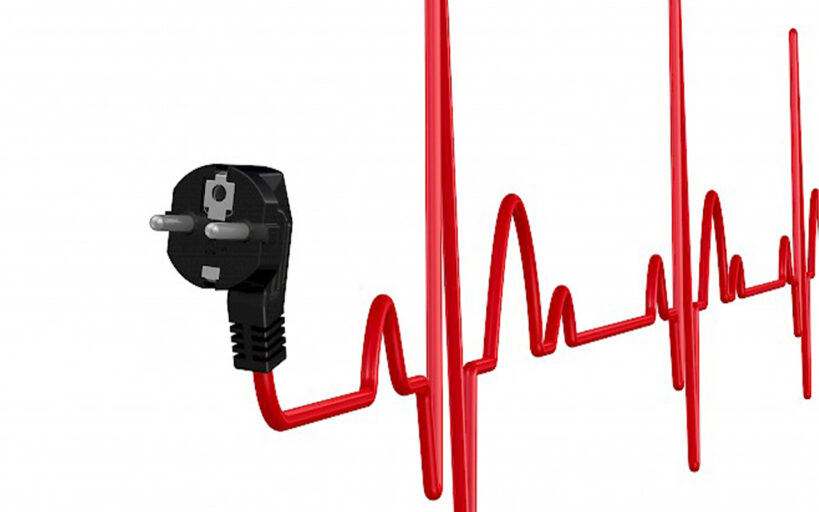
Life Support – Ensuring Proper Regulation of the Electric Grid
With few exceptions, human beings in the United States are literally on life support – plugged in to the electric grid. If that connection is unplugged, everything necessary to sustain the human population stops, including: food, water, fuel, transportation, medical resources, communications, and financial resources. According to a 28 March 2017 Senate report, in a long-term national-scale blackout, millions of U.S. citizens could die. After only a few weeks, deaths would escalate from waterborne diseases, starvation, and societal collapse. Immediate action could reduce these threats.
Trending
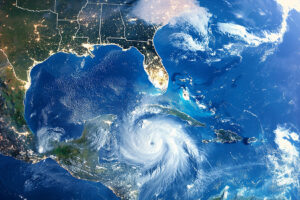 Emergency Management has Evolved: Why the… by Chas Eby While initially useful, the term “all hazards” no longer accurately describes the functions or mission of the emergency management discipline.…
Emergency Management has Evolved: Why the… by Chas Eby While initially useful, the term “all hazards” no longer accurately describes the functions or mission of the emergency management discipline.… Elevating Healthcare Emergency Preparedness… by Kathryn Romanchuk and Ben Kobliner Overlooked until disaster strikes, many emergency management departments struggle with personnel and budgetary constraints, yet the demand placed on these…
Elevating Healthcare Emergency Preparedness… by Kathryn Romanchuk and Ben Kobliner Overlooked until disaster strikes, many emergency management departments struggle with personnel and budgetary constraints, yet the demand placed on these… Cost Analysis: Protecting the Grid and Electronics… by The Foundation for Infrastructure Resilience Because modern societies are increasingly reliant on electronics, they are more vulnerable to the effects of an electromagnetic pulse event.…
Cost Analysis: Protecting the Grid and Electronics… by The Foundation for Infrastructure Resilience Because modern societies are increasingly reliant on electronics, they are more vulnerable to the effects of an electromagnetic pulse event.… Bridging Communication Gaps: Lessons from Hurricane Helene by Greg Hauser Hurricanes in 2024 caused widespread damage to infrastructure, leading to a critical but often overlooked issue: isolation. Physical and technological…
Bridging Communication Gaps: Lessons from Hurricane Helene by Greg Hauser Hurricanes in 2024 caused widespread damage to infrastructure, leading to a critical but often overlooked issue: isolation. Physical and technological…Trending
 Cost Analysis: Protecting the Grid and Electronics… by The Foundation for Infrastructure Resilience Because modern societies are increasingly reliant on electronics, they are more vulnerable to the effects of an electromagnetic pulse event.…
Cost Analysis: Protecting the Grid and Electronics… by The Foundation for Infrastructure Resilience Because modern societies are increasingly reliant on electronics, they are more vulnerable to the effects of an electromagnetic pulse event.… Bridging Communication Gaps: Lessons from Hurricane Helene by Greg Hauser Hurricanes in 2024 caused widespread damage to infrastructure, leading to a critical but often overlooked issue: isolation. Physical and technological…
Bridging Communication Gaps: Lessons from Hurricane Helene by Greg Hauser Hurricanes in 2024 caused widespread damage to infrastructure, leading to a critical but often overlooked issue: isolation. Physical and technological… Emergency Management has Evolved: Why the… by Chas Eby While initially useful, the term “all hazards” no longer accurately describes the functions or mission of the emergency management discipline.…
Emergency Management has Evolved: Why the… by Chas Eby While initially useful, the term “all hazards” no longer accurately describes the functions or mission of the emergency management discipline.… Elevating Healthcare Emergency Preparedness… by Kathryn Romanchuk and Ben Kobliner Overlooked until disaster strikes, many emergency management departments struggle with personnel and budgetary constraints, yet the demand placed on these…
Elevating Healthcare Emergency Preparedness… by Kathryn Romanchuk and Ben Kobliner Overlooked until disaster strikes, many emergency management departments struggle with personnel and budgetary constraints, yet the demand placed on these…Trending
Emergency Management has Evolved: Why the… by Chas Eby While initially useful, the term “all hazards” no longer accurately describes the functions or mission of the emergency management discipline.…
Elevating Healthcare Emergency Preparedness… by Kathryn Romanchuk and Ben Kobliner Overlooked until disaster strikes, many emergency management departments struggle with personnel and budgetary constraints, yet the demand placed on these…
Cost Analysis: Protecting the Grid and Electronics… by The Foundation for Infrastructure Resilience Because modern societies are increasingly reliant on electronics, they are more vulnerable to the effects of an electromagnetic pulse event.…
Bridging Communication Gaps: Lessons from Hurricane Helene by Greg Hauser Hurricanes in 2024 caused widespread damage to infrastructure, leading to a critical but often overlooked issue: isolation. Physical and technological…
Domestic Preparedness Journal
Featured in this issue: Editor’s Note: Emergency Communications—Tough Lessons From the Maui Wildfires, by Catherine L. Feinman; Emergency Alerts: The Missing Link, by Rodrigo (Roddy) Moscoso; Hidden Barriers to Public Safety Interoperability, by Gabe Elias; AI Software in 911 Dispatch Centers: An Innovative Solution, by Tanya M. Scherr; A Systems Thinking Approach to Improving Emergency Communications, by William Chapman; Connectivity: The Foundation of Disaster Response and Preparedness, by Cory Davis; Know the Audience: Five Keys to Effective Communication, by Marc Hill; Bridging Communication Gaps: Lessons From Hurricane Helene, by Greg Hauser; A Regional Approach to Public Safety Communications Planning, by Charles (Charley) Bryson
Articles Out Loud

Article Out Loud – Not Lost in Translation: A Multilingual Corps Approach
May 14, 2025
Disaster survivors and responders often face psychological hazards like acute stress disorder, depression, and post-traumatic stress. These issues are worsened

Article Out Loud – Physical and Mental Injuries in First Responders: Why Wait?
May 14, 2025
First responders undergo intense physical training to ensure they are physically prepared for emergencies. Yet despite the high-stress nature of


